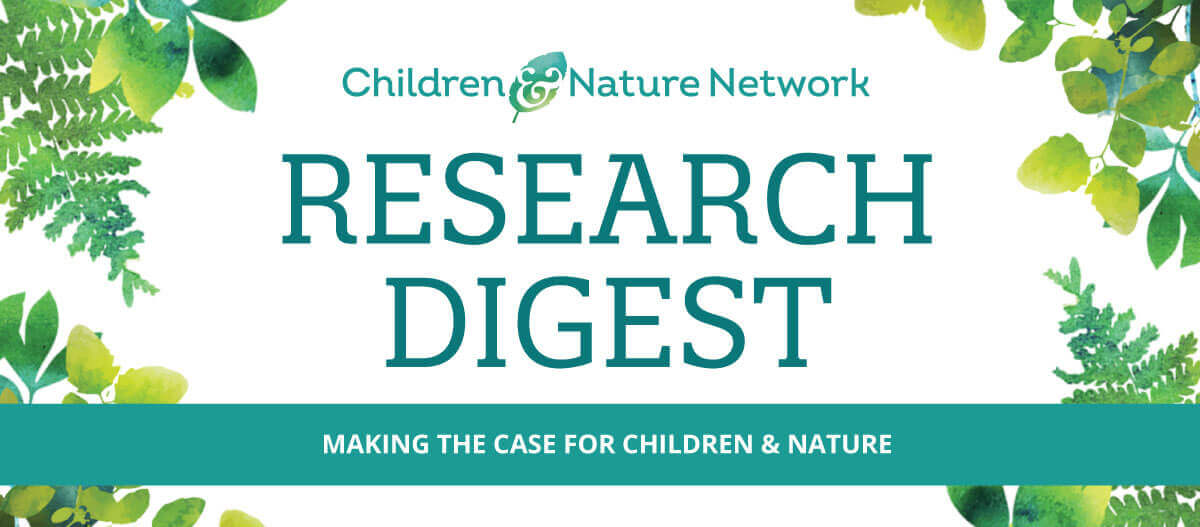Public Greenspace Barriers
Urban parks and other public greenspaces provide opportunities for many city dwellers to engage with nature, which may be more limited in urban versus rural areas. Certain social and physical factors, however, can serve as barriers to accessing public greenspace. Examples of “social barriers” include public policy regulations and restrictions on how greenspace is used, mandatory fees, anti-social behavior of other people in public spaces, and programming not reflective of different cultural practices and priorities. Examples of “physical barriers” include inclement weather and climate, distance to greenspace, overcrowding, poor maintenance, and lack of lighting.
Urban park visitors in the global South value multiple park benefits but gender and income inequalities persist
Individual interviews and focus group discussions with adults and children in four different public green spaces in various parts of the city of Hyderabad, India indicated that they used the parks for exercise, socializing, observing nature, and experiencing solitude. Many women cited lack of time and concerns about safety as challenges to visiting parks. Low-income groups cited entry fees as barriers. Restrictions against gathering food and fodder were also identified as a barrier to accessing the provisioning services provided by ecosystems.
Basu & Nagendra, 2021. Perceptions of park visitors on access to urban parks and benefits of green spaces.
Access Study
Safety-related factors serve as both facilitators and constraints to park visits
Adults and youth focus group participants shared ideas about what helped them or what got in the way of being more physically active in parks. Safety emerged as an issue in relation to both facilitators and constraints. Safety-related facilitators included the presence of authority figures, other visitors with similar intentions, secure parking, well-maintained trails, and good lighting. Safety-related issues serving as constraints included violence, disruptive behaviors, lack of maintenance, lack of lighting, and traffic/busy roads.
Groshong et al. 2020. Attitudes about perceived park safety among residents in low-Income and high minority Kansas City, Missouri, neighborhoods.
Access Study
Weather, climate and safety concerns are identified as barriers to outdoor nature-based activities
Evaluations completed by participants in an intervention program addressing children’s declining engagement with nature showed a high level of satisfaction with the program. Related assessments, however, provided clear evidence that significant environmental barriers–such as weather and climate–limited participants’ active outdoor time. The most serious barrier, however, related to concerns about physical safety.
Hackett et al. 2020. Nature Mentors: A program to encourage outdoor activity and nature engagement among urban youth and families.
Access Study
Costs, lack of information about park locations, and concerns about safety serve as barriers to more frequent family park visits
This study analyzed data from 78 families receiving health-related services from an active park prescription program for low-income families. The study investigated how park use might be associated with knowledge, attitudes, and perceived access to parks. Parents/caregivers reporting more frequent visits to parks tended to know park locations, valued visiting parks with their families, and perceived their neighborhoods to be safe for their children. Money was the most commonly cited barrier to visiting parks.
Razani et al. 2020. The association of knowledge, attitudes and access with park use before and after a park-prescription intervention for low-income families in the U.S.
Access Study
Individual and environmental barriers may limit caregivers’ ability to access their urban greenspaces
Participants in a nature prescription program shared their perspectives regarding accessing neighborhood greenspace. Many were deterred from using their local parks due to conditions they described as being unsafe and unmaintained. Other barriers included (1) dislike of the natural environment, (2) lack of access and funds to travel to desirable outdoor spaces, (3) medical concerns (e.g. flair up of chronic conditions), and (4) weather conditions.
Sefcik et al. 2019. Perceptions of nature and access to green space in four urban neighborhoods.
Access Study
Disparities in access to urban greenspace become more of a concern when social distancing needs to be practiced
This study investigated park access experienced by people in England and Wales during the COVID-19 lockdown. Information accessed from the UK’s Office for National Statistics and Ordnance Survey showed that postcodes in urban parts of England and the three most populous cities in Wales with a higher share of flats generally have better accessibility to parks based on distance but that the parks in those areas are more likely to be overcrowded if used by all residents.
Shoari et al. 2020. Accessibility and allocation of public parks and gardens in England and Wales: A COVID-19 social distancing perspective.
Access Study
Understanding urban park uses and evaluating visitor perspectives can help create more accessible, welcoming spaces
On-site observations and park visitor interviews in 15 urban parks in Portland, OR revealed motivations for park visitation, access concerns, and desired improvements. The most common activities were physical recreation, interactions between adults, and adult-child interactions. Visitors generally cared about park proximity, trails and paths, and maintenance. Feelings of safety and community atmosphere influenced visitor perception of park accessibility and their experience while in the park.
Talal & Santelmann, 2021. Visitor access, use, and desired improvements in urban parks.
Access Study
Structural and cultural barriers hinder the engagement of children and youth with nature outside of school time
A study investigating how children and young people (CYP) from disadvantaged backgrounds access nature-related opportunities outside of school time found multiple barriers limiting their access: (1) cost of activities and transport; (2) lack of relevance due to differing cultures, religions, and age of CYP; (3) not understanding what is valued by youth; (4) lack of awareness of what is available; (5) fear of the unknown; (6) limited nearby greenspace; and (7) safety concerns.
Waite et al. 2021. ‘It’s not for people like (them)’: structural and cultural barriers to children and young people engaging with nature outside schooling.
Access Study





